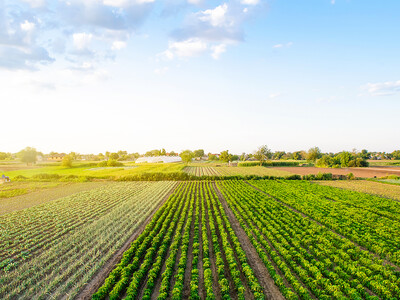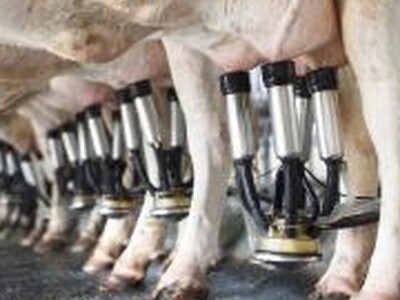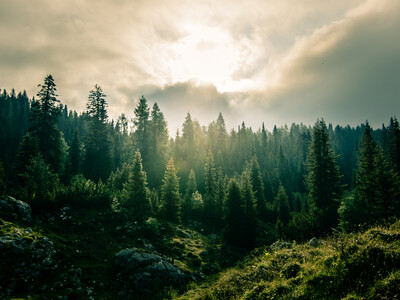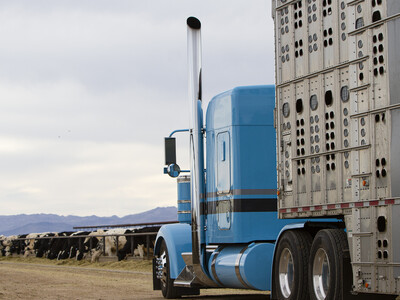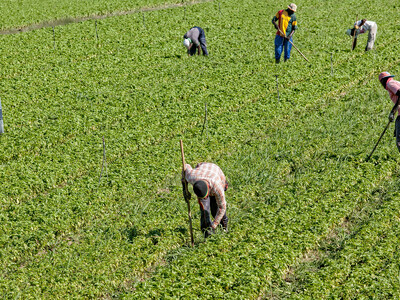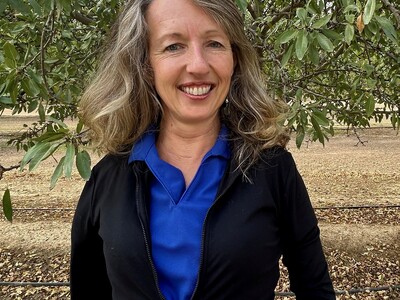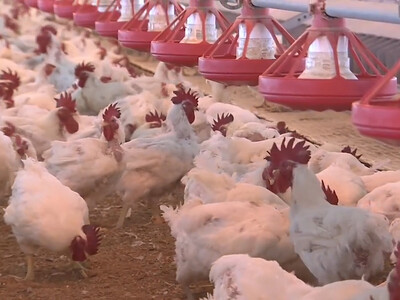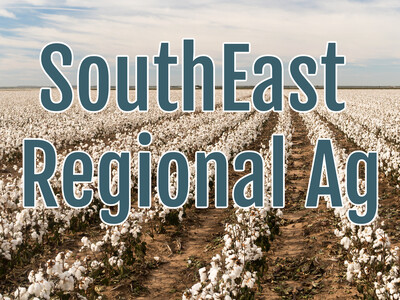Creating Sustainability
 Creating Sustainability. I’m Greg Martin as Line On Agriculture presents the Harvest Clean Energy Report.
Creating Sustainability. I’m Greg Martin as Line On Agriculture presents the Harvest Clean Energy Report.
Businesses all across the U.S. are finding out that with just a bit of outside of the box thinking they can turn a negative into a positive when it comes to sustainability. Nikki Rodoni is the Director of Sustainability for Gills Onion in Oxnard, California who found that sustainability meant a lot of different things.
RODONI: Gills Onions is one of the nations largest fresh cut facility for onions. Sustainability for us, the understanding or trying to understand it came about three years ago and it was my job to go find out at every level of operation what sustainability meant to us. And the more people I asked, the more definitions I got. For us it translates into economic benefit
She says that necessity led to invention.
RODONI: We started small to now having one of the leading sustainability programs in the produce industry. What really catapulted us into that arena was our waste energy project. About 10 years ago Steve Gill was looking at ways t o get rid of his waste other than what we were doing. We were generating up to 300-thousand pounds of onion waste on a daily basis.
That waste was being dumped on their fields which was both expensive and potentially hazardous. They discovered they could produce methane off that waste.
RODONI: Now what we have is we take our 300-thousand pounds of onion waste that we generate and through anaerobic digestion and fuel cell technology we’re generating our base load of electricity. So we’re utilizing 100% of our onion waste and now instead of looking at it as a liability, it’s this huge asset for us. We’re no longer hauling this waste out to the field so that’s eliminated $450-thousand dollars a year, plus we’re saving up to $700-thousand dollars on our electricity costs.
Onion juice makes up 75% of the waste and it is used by the digester. The other 25% has also become an income stream for Gills.
RODONI: The solids, which is about 20 tons are then taken to dairy farms to feed non-milking cattle. There’s a high nutrient content inside the onion fibers. In addition we’ve done some extensive research and study on the human benefits. It’s high in quercetin which is an antioxidant and we’ve figured out a way to extract and dry that nutrient content. What’s left over from that are some fibers and we’ve been working for the last 3 years on how to incorporate those fibers into packaging materials.
For additional information on clean energy, visit harvestcleanenergy.org. That’s today’s Line On Agriculture. I’m Greg Martin on the Ag Information Network.???




